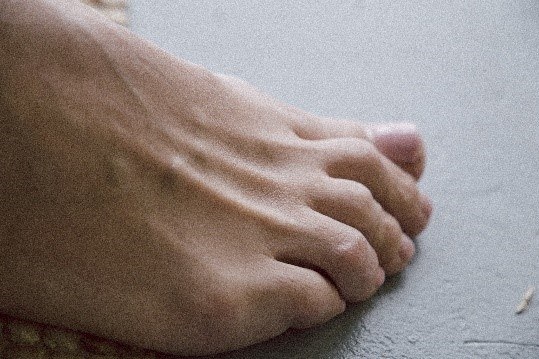5 Symptoms That Require a Podiatrist’s Attention
Common foot problems can be treated with over-the-counter medication or with a quick visit to your general practitioner. However, persistent or unusual foot problems may need the attention of a podiatrist. How do you know when you need to visit a specialist? Here are some common reasons you should schedule an appointment.
1. Tingling or Foot Numbness
Tingling and foot numbness are symptoms that you should never ignore. These can be a sign of peripheral neuropathy, which is the name for damage and dysregulation of your nerves. Neuropathy may also present as weakness and pain. If you experience unusual pain in your feet or weakness when walking then contact a health provider immediately.
One potential cause of neuropathy is diabetes. People with diabetes may experience peripheral neuropathy. You should not discount the chances of having peripheral neuropathy just because you don’t have diabetes. It can also be a symptom of immune disorders or some kinds of infections. Always seek treatment for this kind of nerve pain right away because prompt treatment can prevent further damage.
2. Painful Ingrown Toenails
Ingrown toenails can be very painful and inflamed. This is a common ailment that is usually solved with a quick trip to your doctor or podiatrist. There are several over-the-counter treatments available for ingrown toenails, but these should be used with care. Never do any at-home treatments that could cause an infection or make your condition worse.
If you choose to see a specialist, they will lift the edge of your nail to prevent it from growing more into your skin. The doctor may also cut the edge of your nail into the correct shape. Toenails should always be cut straight across instead of curved to prevent future ingrown toenails. If you have recurring problems with ingrown toenails, your podiatrist may recommend surgery to remove part of the nail.
3. Foot or Ankle Injuries From Work or Sports
If you play hard or work hard, injuries can happen to your feet and ankles. Remember to rest, ice, and, elevate your injury if you have been hurt. If your injury isn’t improving, a visit to a podiatrist may be necessary.
A podiatrist can help determine if the injury was caused by an accident, misuse, or repetitive strain. Your doctor will do some screening and imaging to understand the full nature of your injury. From there, they’ll be able to recommend a course of treatment for recovery. This might include a plan for physical therapy, medication, or custom orthotics.
For athletes or those that work on their feet, preventative care can also stop injuries before they happen. They may recommend you work with a trainer to see if your injuries are possibly caused by misuse. They may also recommend the continued use of orthotics or treatments that were part of your recovery plan.
4. Persistent Problems With Foot Fungus
Can you spot the first symptoms of foot fungus? You may think that your dry scaly feet are a sign of a dry climate instead of athlete’s foot. Toenail thickening can be imperceptible at first until you notice your yellowed and unsightly nails. You don’t need to feel embarrassed; foot fungus is a common and solvable problem.
Contracting foot fungus can occur from an overgrowth of the normal fungi that live on your skin, like yeast. Other infections, like athlete’s foot, can be picked up from walking barefoot in moist areas, like a locker room.
Thoroughly wash all your socks and replace your shoes if possible. After that, make sure that your feet are able to breathe. Shoes that keep your feet dry can help you take care of a fungal infection.
If you have tried to treat fungal infections on your feet with over-the-counter treatments and are still having problems, you should visit a podiatrist. They can prescribe you a stronger topical treatment to address your toe and foot fungus. A podiatrist may also recommend a special kind of polish to treat toenail fungus, or medications to treat the most resilient infections.
5. Growths On Your Feet
Corns, calluses, bunions, and bone spurs are all common kinds of foot growths. Some of these, like calluses, can be treated at home or by a talented pedicurist. Others need the attention of a podiatrist for you to find relief.
Bone spurs are caused by inflammation of a joint, like arthritis. Sometimes bone spurs can be treated with physical therapy and prescription orthotics, but more severe cases will need to be treated with surgery. You won’t know the nature or extent of your foot growth until you talk to a doctor.
Can a Podiatrist Help Me?
If you have concerns about your feet, a podiatrist is the right person to turn to. At Horizon Foot and Ankle Institute, we provide comprehensive treatment for your foot and ankle. Our goal is to get you back to the life you love living. Contact us today to set up an appointment and learn how we can address your foot pain or injury.

